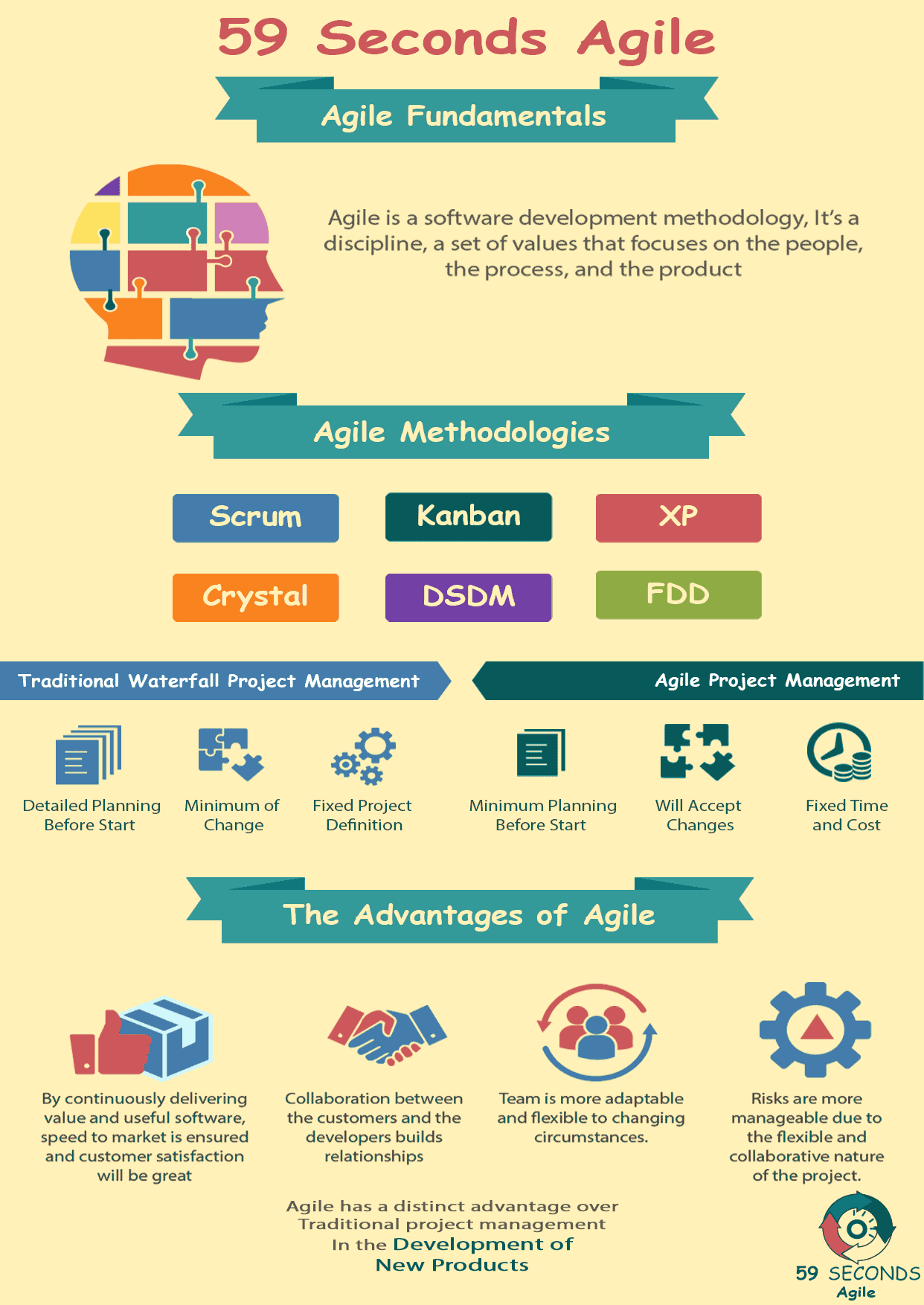
The Agile Fundamentals for Scrum Masters – Part 3
Traditional Software Development
And in reality, software development does not have the same stability as traditional engineering projects. Business needs can change in as short as a day, and software needs a different approach to its development.
Traditional vs. Agile
The following are some of the key differences between Waterfall and Agile:
1. Compared to the sequential process of Waterfall, Agile development breaks down the timeline into increments and iterations known as “sprints”.

2. In waterfall projects, the customer only gets to interact with the product during the acceptance or deployment phase, leaving important feedback at the last stages as well. In Agile, customers are involved throughout, making feedback cycles shorter and adjusting to those accordingly.
3. As the timeline progresses, costs for changing product requirements in a Waterfall project becomes more expensive. Because changes are anticipated and can be made at almost any point in the project, those are less costly for Agile projects.
Our Favourite Agile Books
We found these books great for finding out more information on Agile Scrum:
Roles vary for different frameworks. Scrum, in particular, only has three core roles: Product Owner, Scrum Master, and Development Team. Traditional projects, on the other hand, have various roles, such as project manager, business analyst, architect, programmer, data engineer, and testers, to name some.
